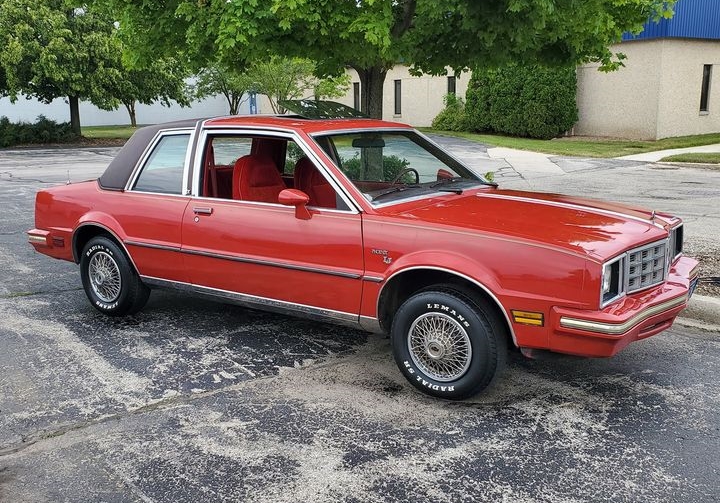
So today I got out of the office, made a service appointment with Strieter Lincoln, drove through a near-monsoon through most of the Quad Cities, had a late lunch and settled down in front of the computer. To discover this amazing Broughamed-out refugee from GM’s pre hump-everything-electric phase. A Phoenix!
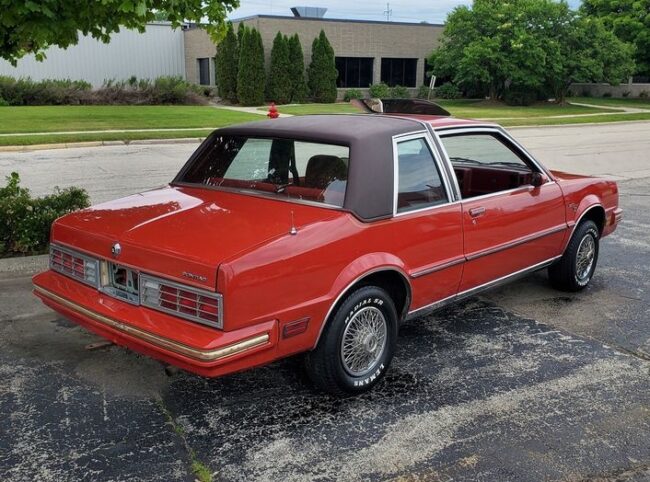
Despite all the early teething issues of the FWD X bodies, (surprise brake engagement, anyone?) despite all the fear and loathing and impotent rage online and otherwise (frequently by people driving smoking ’03 Kia Spectras riding three donut spares), despite all that, it captivated me. Not enough to buy it, but I happily gawked at the pictures.

Currently available on Marketplace for six grand and available for viewing in Sheboygan, it appears remarkably rust free for Wisconsin climes.
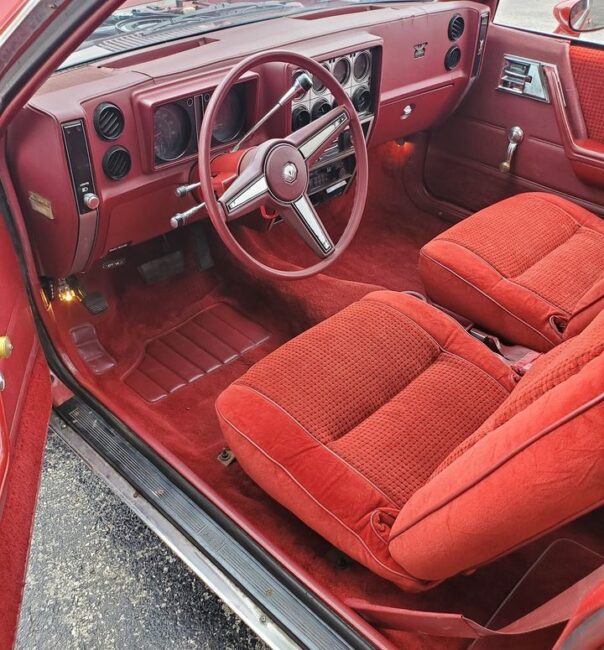
I remember the X cars primarily through two that were nearby in the early years of my childhood: our principal, Vern Soeken, had a burgundy on burgundy four door hatchback, and our neighbors across the street, the Positarys, had a bright yellow ’80 Citation four door hatchback with camel tan interior. And of course I had the X11 Hot Wheels cars, both the white one and the later root beer brown versions.
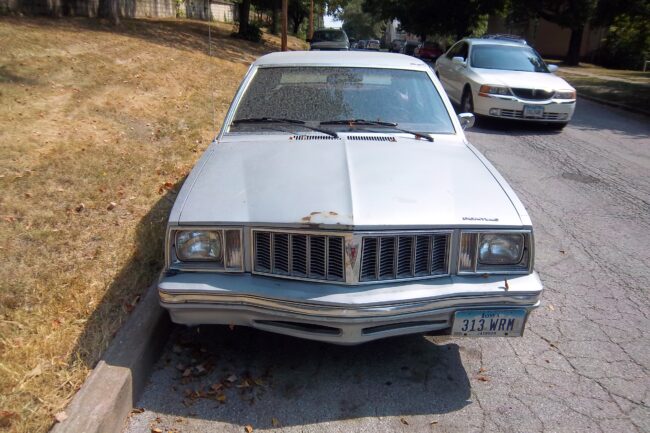
I did see a silver sedan near downtown Davenport circa 2013, but that was the most recent sighting outside of the internet.
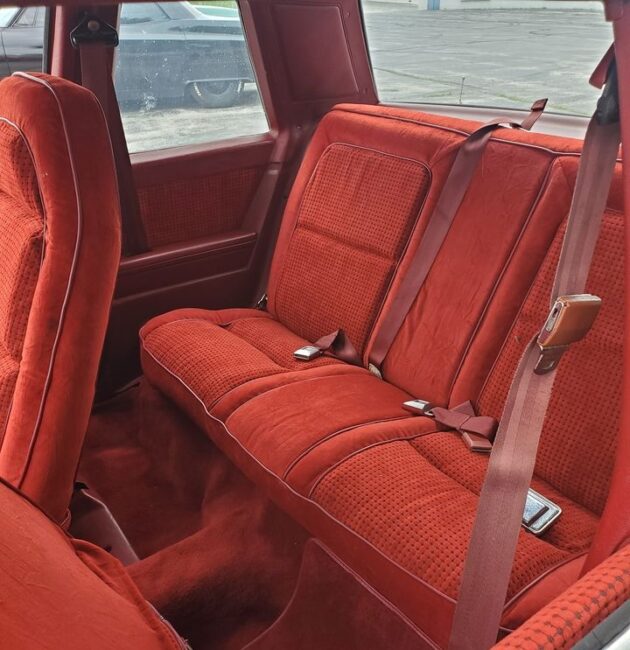
Anyway, as the ad related: “Rare odd car, 1980 Pontiac Phoenix. 1 owner, this is one of 23k made with this package. Was stored inside since 1994, always ran periodically. SUPER CLEAN INSIDE & OUT. There aren’t too many of these cars left, let alone in this condition.”
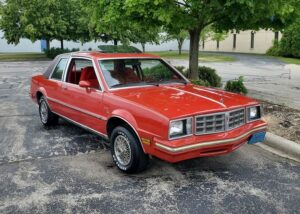
“2.5L iron Duke 4 cyl, auto trans, moonroof & all manual options inside. Starts and runs like a dream. Transmission shifts well. 13 inch wire spoke wheels & Lemans radial tires. Needs nothing but to be driven.”
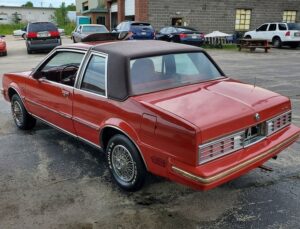
“Interior is close to mint condition, weather stripping and all moldings are perfect. Vinyl top is in great shape. This is a forgotten gem of the 80s. GM’s first try at front wheel drive, 4 cylinder cars.”
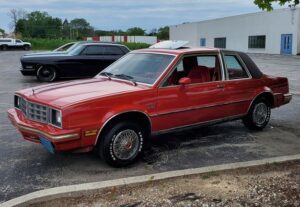
“Believe it or not these cars (X body) have a strong following. This is a prime example of what a 1980 Pontiac Phoenix used to be.”
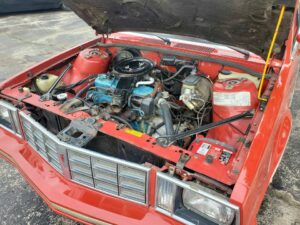
“This car shares the platform of Chevy Citation, Buick Skylark and Oldsmobile Omega from the early 80s. Asking $6000 for this time capsule. Possibly interested in trades for other cars & trucks only.”
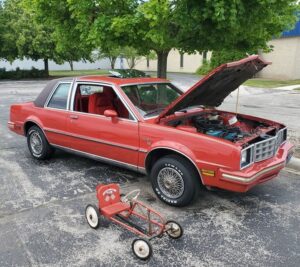
Anyway, there you have it. Love the orange, just toss those RWL tires and get some proper whitewalls. Hey, it’s still way more swanky than the silver silvermist and beige beigemist CR-Vs and Equinoxes being piloted these days by clueless motorists!
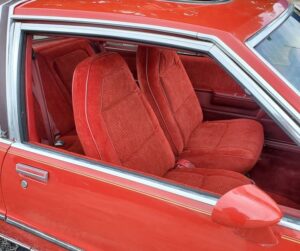
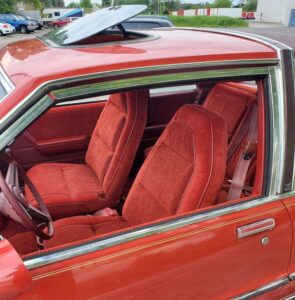
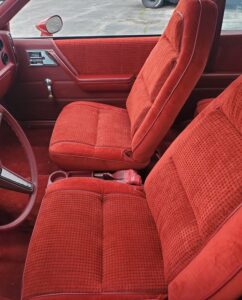







20 Comments
Gosh, I love the thickness, color keying, and I bet softness of the carpets and upholstery. I also like the grill of the coupe with both the chrome and the black headlight surrounds as a nice combo of youth and tradition, better than the more bland one on the later sedan. The X cars were so successful in 1980, they showed that maybe it was possible not to lose who we are as part of the kowtow to the new reality. Notice this well optioned example still has the iron duke, trying and getting that high level of economy the new world demands.
It was a new world in 1980, and if you were going to sell a mass of cars, they had to sip gas like a B-210 or a Fiat 128. That meant real big cars are gone and soon in their place are cars with the exterior size of the 79 Nova. Thank God the domestics didn’t just knuckle under and either give up as small cars mean small profits or even worse just build B-210s and 128s themselves on their way to extinction, the way they did in the 2000s as the domestic platforms dropped away one by one.. I suspect the decrees placed on them were hoping for that outcome. Fighting back gave the domestics another 25 years.
Just think what might have happened if GM beancounters had allowed the engineers to put an extra $10 per unit into a proportioning valve for the rear brakes, and a little quality control on the assembly lines, on what were otherwise excellent cars for their era. If GM would have built these with the same build quality as their B-Bodies and not cheaped out on the brakes, there would be a lot less former GM buyers over the past 40 years.
It is nice to have you back Stingray, but the argument that GM did not spend enough money to update the 80 X car is not your best negative gambit toward Detroit. I bet it felt like the like a firehose of cash being spent at GM in 1978 getting all those factories ready to make front drive unit bodies and transaxles at what, double the production rate of the old.
One nice thing about the hippy Jihad against these cars was that we got all these new mechanical terms in the lingo, like brake proportuntioning valves and torque steer. As the hippys gathered at Burning Man to figure out how to burn this efficient new Man, they must have decided that normal critiques like say engines or weight or style aren’t going to cut it. I bet if you were there Stingray, you would have told them to skip the trial lawyer talk, and go straight to calling the line workers apes and the execs simultaneously fat cats and bumpkins.
But John, he’s not wrong.
Yes he is. There was an unartfully calibrated brake valve. There was not a missing one as a cost cut.
John’s right, it was the calibration of the proportioning valve, combined with overly aggressive rear brake linings. The story I always heard was that GM beefed up the rear brake linings due to a late design change to a hand to a foot-operated parking brake that didn’t produce adequate pressure on the rear wheels.
It wasn’t GM being cheap – it was an engineering screw up due to a silly decision that probably came from the 14th floor.
There were most certainly cheap details on these cars, but the X car wasn’t a cheap design. These are rightfully maligned for numerous reasons, but lets not pretend that the B-body or just about any other domestic (or European) product in 1980 didn’t have slipshod assembly and drivability problems.
I also think the whole “X-car sales tanked because it was a lemon” narrative is somewhat misleading. The A and J cars made them rather redundant after 1981. Also, after the novelty (and the second fuel crisis) wore off, the Citation’s hatchback design was pretty much a nonstarter – even Toyota’s copycat Camry Liftback was a dud.
What the X-cars needed was a load-sensing proportioning valve. When GM built the cars, they assumed that people would usually carry rear seat passengers and or luggage, so they set their static proportioning valves for 41% pressure distribution to the rear brakes. When reports started coming back of complaints from rear-lockup in lightly loaded cars, they switched to valves with 27% rear pressure distribution. They needed load-sensing valves like VW and Chrysler used in similarly front-heavy cars, but GM didn’t spend the money. Sure, they changed the brake linings late in the introduction, but the reason the rear brakes were hopelessly compromised was down to the bean-counters.
Here’s an article about the beginning of the rear brake fiasco, but it only relates to how GM sent a car with bad brakes onto the street. It doesn’t explain how the X-cars’ brakes earned a bad reputation that’s lasted four decades, which I believe is due to the lack of load-compensating brake proportioning.
https://www.washingtonpost.com/archive/politics/1983/09/05/the-long-and-winding-road-of-the-x-car-braking-controversy/8dc48907-d4d2-4bdb-87c6-c4cef1d6d390/
Interesting how the left paper has the article categorized as politics. Nice to see the honesty.
CJ got it right – it was classic GM beancounter move, just like the Corvair where a couple of bucks extra to keep the swing-axle under control would have kept a few foolish drivers from crashing and kept Nader from trashing the car, or the Vega where an expansion tank for the radiator would have prevented the overheating that trashed the aluminum motor. In all 3 cases GM spent a boatload of money to “revolutionize” the small car market, which resulted in truly excellent vehicles for their time, but all were done in by penny ante beancounting that not only killed the reputation of the car, but turned off a lot of people to GM. Remember GM was the largest and most profitable company in the world at the time, and they could have afforded a few extra bucks (heck they could pass it along to consumers anyway) to make sure their small cars were as bullet-proof as their large, if for no other reason than to preserve their strong brand reputation and customer loyalty. Remember the X-body happened only 20 years after the Corvair and only 10 after the Vega, and apparently nobody at GM remembered the lesson, which is why GM today is the 6 largest automaker in the world today and falling fast.
Le Mans tires, definitely appropriate. Time capsule for sure, but no one will believe an iron duke runs like a dream.
More accurate would be “shakes and rattles like a dream”.
I think the Phoenix is the best looking of the X cars, with the body-color urethane bumpers the other versions lacked. The half vinyl top and wire wheel covers just look like they don’t belong on this model – the white letter tires and aftermarket sunroof only further underscore the point.
The SJ version of the coupe, with the slick top, blackout trim and mini snowflake wheels, made more sense as a Pontiac and was a fairly sharp package for the era. Shame about all the build quality and teething problems, though.
At age 25, we bought a 1983 Oldsmobile Omega, with a lot of options. I think I was trying to recapture the feel of my mother’s 1970 Olds 98 Regency. Hated the Omega. Looked pretty but underpowered and tempermental. Traded it for an 84 Dodge Daytona about 18 months later.
Should’ve gotten an ’83 Ninety-Eight then. It’d probably still be running. 🙂
I bought a low mileage bright yellow 1980 Citation four door and I liked it but the brakes were in fact dangerous and it tended to run too hot and the supposedly “computer controlled” aux electric fan never came on unless I grounded the sensor so it overheated and blew the head gasket .
My ex psycho-b*tch’es sister bought one and also had the same overheating issues .
EPIC FAIL GM . .
I’m glad my wife wasn’t driving it when the rear brakes locked up on a freeway sweeper at speed, she’d have had a bad crash ~ I simply turned into the for wheel drift and got it back under control before I hit anyone .
I remember this being better than a Chevette i’d looked at (The Citation had AC) but in the end this designed to be a low end mass market car wasn’t much good .
-Nate
My wife had a 1984 Skylark T Type when we got married; it was actually a decent car- even though I think FWD is pointless in anything bigger than a Golf. The only issues were a bad brake light switch and the infamous steering rack “morning sickness.” Even so Buick picked up half the cost of the of the replacement even though it was over a year out of warranty.
Had a T type as well. 2.8 rod through the oil pan, ate clutches, dash shook like the Exorcist above 80. Mid 80s GM quality
I am glad Ed Mertz, and yes Ronnie I know he was Jewish, let T type Buicks go away. It was the wrong crowd. Merle Haggard had a hit song, where he wondered why a dollar wasn’t still silver, why an American car won’t still last ten years, from the 80s.. Do our friends with their hippy sob stories, understand that their models were older than that? Of course not, they are set on communing with the hippies despite the reality..